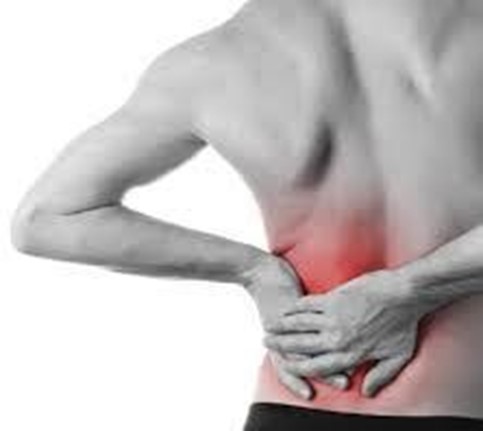A nurse is caring for a hospitalized pre-operative client experiencing insomnia in the hospital at 3:00 am (0300).
Which nursing intervention is the most appropriate for this client?
Encourage a warm shower.
Offer a glass of warm milk.
Notify the health care provider.
Encourage the client to watch television.
The Correct Answer is D
Offer a glass of warm milk. According to some studies, warm milk may have a relaxing effect on the body and help induce sleep. It also contains tryptophan, an amino acid that is converted to serotonin and melatonin, which are neurotransmitters that regulate sleep cycles.
Choice A is wrong because a warm shower may increase the body temperature and make it harder to fall asleep.
Choice C is wrong because notifying the healthcare provider is not necessary for a client with insomnia unless there are other signs of distress or complications.
Choice D is wrong because watching television may stimulate the brain and interfere with the production of melatonin, a hormone that promotes sleep.
Some other nursing interventions for insomnia are:
- Educate the patient on the proper food and fluid intake such as avoiding heavy meals, alcohol, caffeine, or smoking before bedtime.
- Evaluate the patient’s sleep hygiene such as having a regular bedtime and wake-up time, avoiding naps during the day, and limiting exposure to light at night.
- Provide a conducive environment for sleep such as reducing noise, adjusting temperature and lighting, and using comfortable bedding.
- Help the patient develop a sleeping plan such as engaging in relaxing activities before bed, avoiding checking the clock, and getting out of bed if unable to sleep after 20 minutes.
- Understand the proper use of sleep aids or other medications such as following the prescription, avoiding over-the-counter drugs without consulting the provider, and being aware of the side effects and interactions.
Nursing Test Bank
Naxlex Comprehensive Predictor Exams
Related Questions
Correct Answer is B
Explanation
This is essential because drainage from a large abdominal wound may collect under the client and be missed if only the dressing is inspected. The amount, color, and consistency of drainage should be documented and reported to the health care provider.
Choice A is wrong because feeling the top of the client’s legs will not help assess for drainage in a large abdominal wound.
Choice C is wrong because asking the client to cough forcefully may increase the risk of dehiscence (separation of wound edges) or evisceration (protrusion of internal organs through the wound) in a large abdominal wound.
Choice D is wrong because having the client sit up and lean forward may also increase the risk of dehiscence or evisceration in a large abdominal wound.
Normal ranges for wound drainage depend on the type, location, and size of the wound, as well as the stage of healing. Generally, drainage should decrease over time and change from bloody to serous.
Correct Answer is C
Explanation

This is because renal calculi can cause renal colic, which is a sudden and intense pain in the flank area that radiates to the groin or testicles.
The pain is caused by the stone obstructing the ureter and triggering spasms.
Choice A is wrong because a feeling of pressure in the bladder is more likely to indicate a lower urinary tract infection or an overactive bladder.
Choice B is wrong because a mild, burning pain when urinating is more likely to indicate a urinary tract infection or a urethral injury.
Choice D is wrong because a constant, dull, aching pain in the right upper quadrant is more likely to indicate a liver or gallbladder problem.
Normal ranges for urine pH are 4.5 to 8.0, and for specific gravity are 1.005 to 1.030.
Whether you are a student looking to ace your exams or a practicing nurse seeking to enhance your expertise , our nursing education contents will empower you with the confidence and competence to make a difference in the lives of patients and become a respected leader in the healthcare field.
Visit Naxlex, invest in your future and unlock endless possibilities with our unparalleled nursing education contents today
Report Wrong Answer on the Current Question
Do you disagree with the answer? If yes, what is your expected answer? Explain.
Kindly be descriptive with the issue you are facing.
